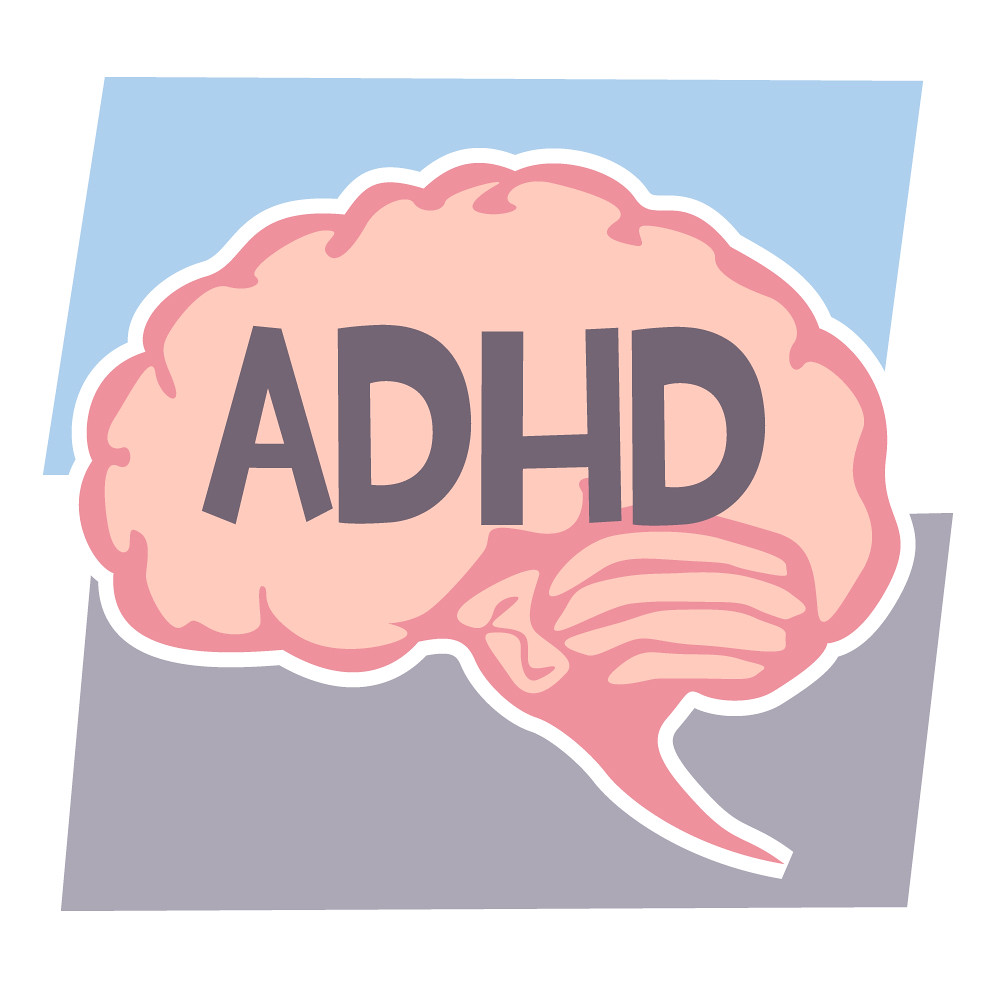For the very first time, researchers can indicate considerable empirical proof that individuals with attention-deficit/hyperactivity condition have brain structures that vary from those of individuals without ADHD. The typical condition, they conclude, need to be thought about an issue of postponed brain maturation and not, as it is frequently depicted, an issue of inspiration or parenting.
In performing the biggest brain imaging research study of its kind, a worldwide group of scientists discovered that ADHD includes reduced volume in crucial brain areas, in specific the amygdala, which is accountable for managing the feelings. Although the research study, released in the Lancet Psychiatry, consisted of kids, teenagers and grownups, the researchers stated the best distinctions in brain volume appeared in the brains of kids.

Of 7 subcortical brain areas targeted in the research study, 5, consisting of the amygdala, were discovered to be smaller sized in those with ADHD, compared to those in a control group. The other areas that revealed decreases in volume were: the caudate nucleus (which has actually been connected to goal-directed action), the putamen (associated with knowing and reacting to stimuli), the nucleus accumbens (which processes benefits and inspiration) and the hippocampus (where memories are formed).
The very first author, geneticist Martine Hoogman of Radboud University in the Netherlands, stated the amygdala “is a structure that is not so popular to be linked in ADHD. … We do understand from other practical research studies of the amygdala that it is associated with feeling policy and acknowledging psychological stimuli. However, it is likewise associated with the procedure of [hindering] an action. Both cognitive procedures are particular of ADHD, so it does make good sense to have actually discovered this structure to be linked in ADHD.”
The research study was carried out by an ADHD working group that becomes part of an around the world consortium called ENIGMA (Enhancing Neuro Imaging Genetics through Meta-Analysis). The group intends to unite researchers in fields such as imaging, genomics, neurology, and psychiatry; just to much better comprehend brain structure and function. It’s ADHD task was 4 times the size of the formerly biggest research study and was carried out at 23 areas in 9 nations by 80 scientists, most of them psychiatrists, and neuroscientists.
An overall of 3,242 individuals, ages 4 to 63, went through MRI brain scans. Practically half of them had actually been detected with ADHD. The other half was controlled topics.
“The dependability of ADHD research study has actually not been fantastic, due to the fact that of [little] sample sizes,” stated Jonathan Posner, who did not participate in the research study however who does pediatric brain imaging research study at Columbia University Medical School. “So since this research study was orders of magnitude greater in regards to individuals, and since it included tasting broadly and worldwide, it provides us more self-confidence.”
By having the ability to indicate quantifiable distinctions in the brains of those with ADHD, the ENGIMA researchers hope their research study will likewise assist the public much better comprehend the condition.
“I believe most researchers in the field currently understand that the brains of individuals with ADHD reveal distinctions, however, I now intend to have actually revealed persuading proof … that will reach the public,” stated Hoogman, “and reveal that it has [a basis in the brain] similar to other psychiatric conditions. … We understand that ADHD handles preconception, however, we likewise understand that increasing understanding will minimize preconception.”
The scientists had the opportunity to conclude that the brain distinctions were unrelated to medication individuals took, to other psychiatric conditions individuals with ADHD might likewise have actually had, or perhaps to the seriousness of their signs.
The smaller sized brain structures in kids with ADHD however not in grownups fits with a “postponed peak volume” theory that ADHD is related to a “modified speed of cortical advancement,” the authors stated. That is, their brain advancement might be postponed compared to kids who do not have ADHD, however it might capture up as they turn into the adult years.
Discovering that the amygdala, the brain’s psychological regulator, had the best volume decrease in ADHD was especially essential to the scientists due to the fact that of the universality of psychological issues in the condition. The research study may be pertinent for updates to the Diagnostic and Statistical Manual, the manual psychiatrists utilize to determine conditions. “Those [psychological] signs are typically present in clients with ADHD,” the authors composed, “however these illness attributes have not [yet] been consisted of into the main DSM requirements.”

